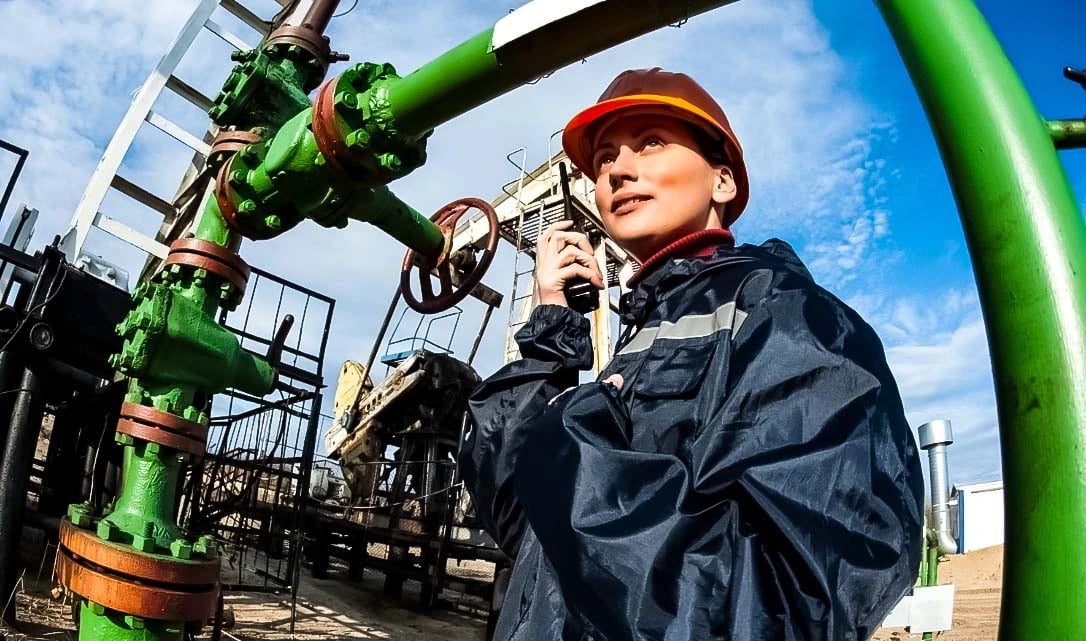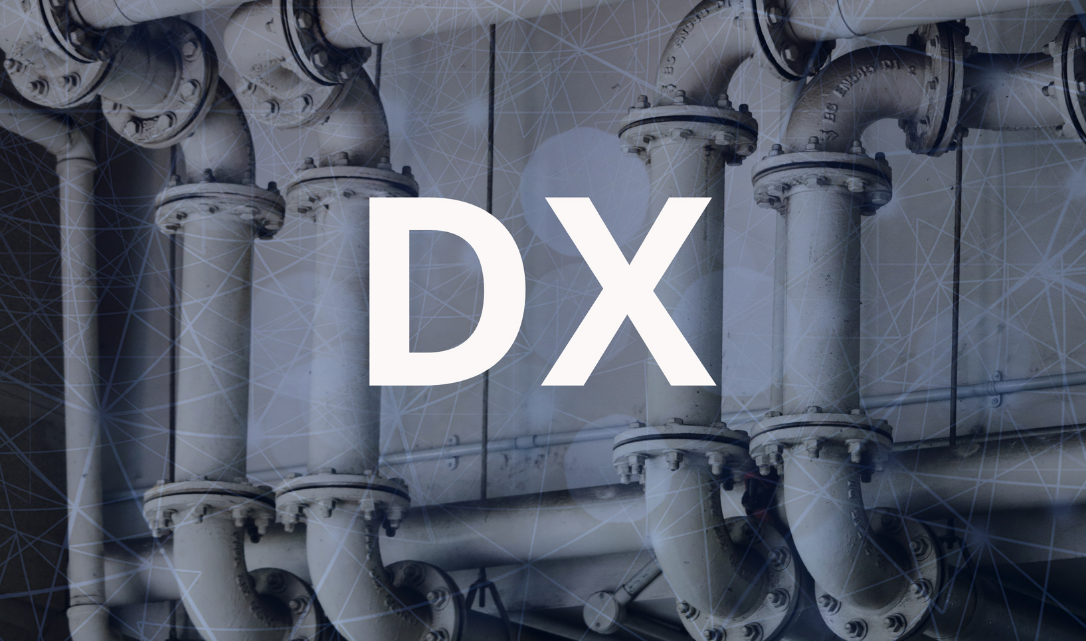Digital Completions in Plant Modifications and Upgrades
Unlike greenfield or any new build construction projects, plant modifications and upgrades present a unique set of challenges. Work is carried out...
4 min read
Jovana Jankovic
:
Sep 16, 2021 3:57:22 PM

As businesses compete to remain competitive and ensure long-term sustainability, they are incorporating technology to manage business risks and ensure long-term sustainability. Organizations that operate in heavy industries such as oil and gas need to have control and visibility over their assets, especially their plant floor equipment and onsite/offshore equipment.
The bolted and compression joints have been identified as critical components of asset health, as they have a high risk of releasing hydrocarbons and causing production losses.
Many of the companies in the Energy sector are considered old school due to their reliance on manual processes. However, if your business is already online and actively using remote meetings solutions like Microsoft Teams or Zoom, you are already on your way to digital transformation.
Over the next ten years, companies that will thrive will be those that deploy Cloud technologies, are paperless, and collaborate across world locations, even if those are offshore in the most extreme conditions.
A virtual team meeting to discuss or plan Joint or Flange management tasks is an essential element in the new global environment. DX provides more than simply access to online meetings. The integration of technology into all business processes is vital, even those considered traditionally manual and labor-intensive.
This blog focuses on the digital transformation of Joint / Flange management, which is necessary for safety and economic reasons.
Many companies have taken advantage of technology providers such as MODS to rewrite their Joints management processes and improve customer value while ensuring traceability and accountability in their work.
A major hazard risk indicator in the petroleum industry is the number of unintended hydrocarbon releases. By reducing the rate of such releases, the risk of a major accident is reduced.
The cost of leaks also impacts the budget, causes unplanned shutdowns, and delays production start-up. Multi-asset operators estimated the average cost of each leak at $100,000. Bolted joints account for 17% of releases, based on previous studies done on joint integrity.
In short, these are avoidable risks that can be mitigated by technology-driven systems that are efficient and accountable. This is because data and control are both high in the design assembly and operations of joints. Each critical joint must be properly designed, constructed, commissioned, and operated to ensure asset integrity.
The end-to-end integration and interactive system will give users access to end-to-end design information, as well as intelligent reference drawings so that they can reduce costly errors and maintain accountability and traceability.
As an example, your organization is experiencing difficulties tracking progress because of a manual tag system. The emphasis here is on 'manual.' Data is then reported back in complicated spreadsheets that are hard to understand, and easy to make mistakes with. Getting a Joint's history can be challenging since engineers must sift through physical records and jump between platforms in order to get the information they need. A laborious method such as this requires time, resulting in extended downtime and the accompanying frustration of resolving issues. All that is caused by a lack of data.
If you ask yourself, "Why do you need a change in the way Joint Integrity is delivered", the answer is simple - your service team struggles to deliver the customer experience they expect because of long wait times and disorganized or incorrect project management system. Clear recognition of the real, honest challenges you face will allow you to identify the areas that require a digital transformation and develop effective partnerships with the right technology partner to drive the change you need.

The joint Integrity management system is cloud-based, which means it will provide you information no matter the location. Managing bolted joints utilizing handheld technology and automation will reduce errors, improve safety, increase productivity and provide you with full traceability.
Functions that you can expect with your digitalized joint integrity are:
Having figured out the "why," it's easier to figure out what needs to be done, and then demonstrate that the change is valuable.
Identifying objectives is the next step. By guiding your team through your processes, including workflows, identifying key stakeholders, and appointing critical tasks, you can gain this information. Make sure you have at least one objective for each one of your pain points.
You may be looking at:
Upon identifying these objectives, your next step is to determine a time frame in which they must be achieved. With a trusted technology partner like MODS, your objective may be to streamline your tracking and cataloging of flange management information during the course of a pilot project. Having defined your objectives makes it easier to determine which tools will assist you along the way.
The final question involves researching and identifying the technology you'll need to transform successfully. The 'middle-of-the-road' tools may help you attain your initial, quick-term goal. We recommend finding and implementing a more permanent solution, one that can grow and evolve along with your business, and incorporate industry-relevant changes.
The best advice is to investigate the options available, perhaps by conducting general market research in order to fully understand the trends in your industry. Using this technique, you can explore the options available to you, or serve as a source of inspiration for developing your process.
Taking the time to create a DX Roadmap; researching and identifying the tools needed; understanding the trends that have led other businesses to implement new digital solutions; these are the pillars on which all your final decisions will be based. Manage Joints or Flange integrity with digital solutions, no matter where they are located, onshore or offshore.
As soon as you have created a digital roadmap, it becomes much easier to dig deeper into your processes and create a finalized list of the technology you will ultimately need.
Transform how you manage your joints digitally with  .
.

Unlike greenfield or any new build construction projects, plant modifications and upgrades present a unique set of challenges. Work is carried out...

Turnarounds and shutdowns are among the most critical—and stressful—phases in the management and operation of industrial assets. These planned...

Offshore decommissioning and asset retirement present significant logistical, regulatory, safety, fiscal and reputational challenges. The process of...

Many Service companies in the Energy sector are considered ‘old school’, as they rely heavily on manual processes. However, if your business is...
How materials are managed in a project plays a crucial role in the project's cost, integrity, and productivity. Material-related processes, such as...

“Mobile is becoming not only the new digital hub, but also the bridge to the physical world. That’s why mobile will affect more than just your...